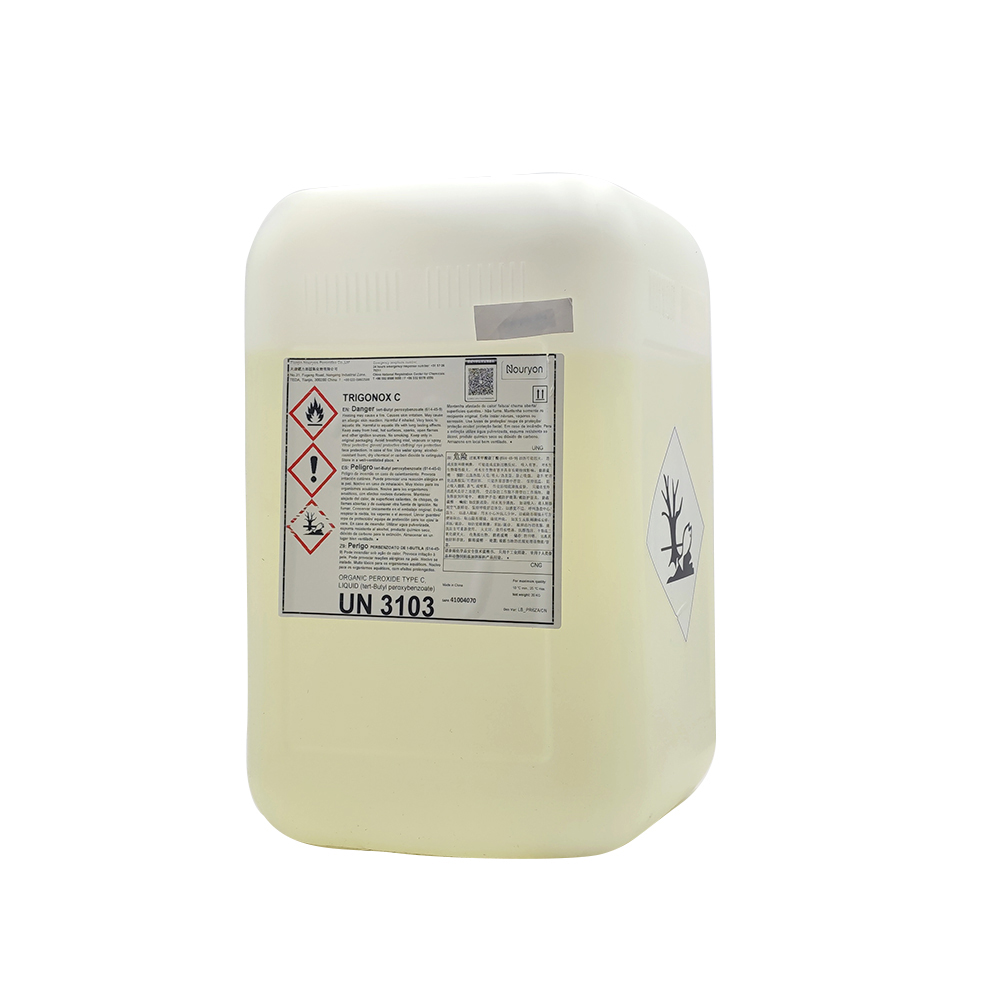Key Facts about TBPB and Its Global Supply
 Jun 13, 2024|
Jun 13, 2024| View:395
View:395
Hello! Thank you for visiting our products, we always put product quality and customer support first, if the product is right for you please contact our expert!
Ava, the team leader of Evergreen Chemicals Organic Peroxide expert database and the brand director of Nouryon, participated in the drafting of OP safety standards and is well versed in the global supply relationship of peroxides.
AVA
Nouryon Brand DirectorKey Facts about TBPB (tert-Butyl peroxybenzoate) and Its Global Supply
As of 2023, China's measurable TBPB (tert-Butyl peroxybenzoate) production capacity is approximately 30,000 tons, with main factories located in Jiangsu, Shandong, and Jiangxi. The world's largest supplier of TBPB (tert-Butyl peroxybenzoate) is the prominent Chinasun Specialty Products Co., Ltd. Here are several essential points to know about TBPB:
1. TBPB (tert-Butyl peroxybenzoate) is one of the few pure peroxides, with a purity close to 100%. According to Chinese industry standards, Grade A TBPB must have a purity of no less than 98.5%.
2. The active oxygen content in TBPB (tert-Butyl peroxybenzoate) is around 8.25%. When TBPB is used in formulations, its oxygen content decreases correspondingly after dilution.
3. The color stability of TBPB is a critical quality indicator, particularly in its applications in the acrylic acid industry which demands high color standards. Over time, TBPB may experience some yellowing. High-quality TBPB (tert-Butyl peroxybenzoate), such as Nouryon's TRIGONOX C, exhibits better resistance to yellowing. For color-sensitive applications, it is recommended to store TBPB at temperatures between 10-15°C.
4. TBPB (tert-Butyl peroxybenzoate) tends to crystallize in cold weather. Before use, it should be heated in a water bath; direct heating over fire is strongly discouraged.
5. TBPB (tert-Butyl peroxybenzoate) is used as a mid-temperature initiator for polymerization reactions (like polystyrene, polyethylene, and acrylic polymers), a curing agent for unsaturated polyester, and a vulcanizing agent for silicone rubber. The typical usage ratio for initiators to curing agents to vulcanizing agents is approximately 6:3:1, with the largest consumption typically found in EPS factories.
These points underline the critical attributes and handling instructions for TBPB, essential for maintaining its efficacy in various industrial applications.













